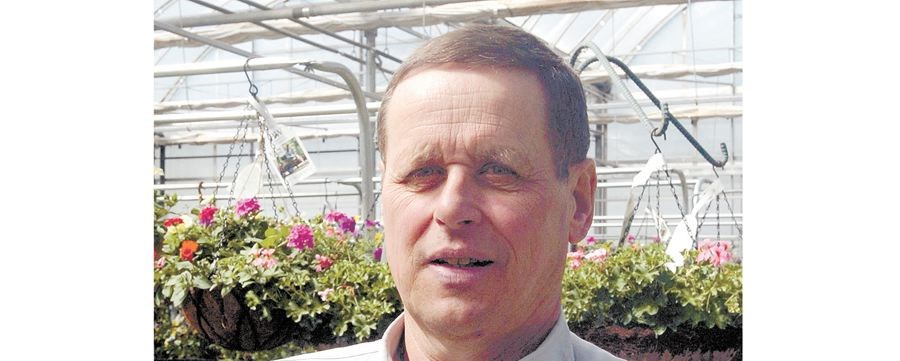Tulips are a great way to add spring colour to the landscape.
These winter-hardy bulbs have everything they need stored inside and only need to be planted in early fall so that they can get a good root system established before winter sets in. Then in the spring they emerge from the soil, full of colour and blooms.
The flowers last for a few weeks, depending on the weather. Cooler temperatures mean a longer bloom time, but eventually they are done blooming and then they are not so attractive anymore. If you want to be able to enjoy them again next spring you will have to put up with the unattractiveness for a few weeks.
As soon as the flower is finished remove it before it sets a seed pod, which takes important energy away from the bulb. The stem and foliage needs to be left to die back naturally as it is at this time next year's flower is being formed. Through photosynthesis the foliage is gathering necessary energy which goes into forming next year's flower, and the nutrition that is stored inside the bulb. Removing the foliage before it dies back will result in no flowers next spring.
Continue to water the bulbs during dry spells and fertilize with a bulb fertilizer such as 4-14-8 to help ensure large, healthy future flowers. Although you can't remove the dying foliage, you can certainly hide it by planting annuals in front of it, or by planting bulbs behind later-blooming perennials or deciduous shrubs.
If you notice that the tulip flowers are not as large as previous years, it could be a sign that the bulb is overcrowded. Bulbs will continue to grow in size and when they have reached their maximum size they will start to form smaller bulblets off the main bulb.
Every two or three years tulip bulbs should be dug up, divided and replanted. This is done in early August after the foliage has died back. Carefully dig up the bulbs and gently shake off any excess soil before allowing them to air dry for a few days. After they have dried, remove the tiny bulblets from the main bulb. Bulblets that are three centimetres or larger are worthwhile saving as they will produce a small flower next spring. Smaller bulblets will not bloom, but if planted, they will continue to grow and will bloom in a couple of years.
After separating the bulblets from the main bulb continue to dry the bulbs until early September, when it is time to re-plant the bulbs. When replanting tulip bulbs keep in mind that next spring after they have finished blooming, the foliage needs to die back naturally so you want to be able to hide it. Plant tulip bulbs in a well-drained soil and sprinkle a handful of bonemeal in the hole before placing the bulbs down.



